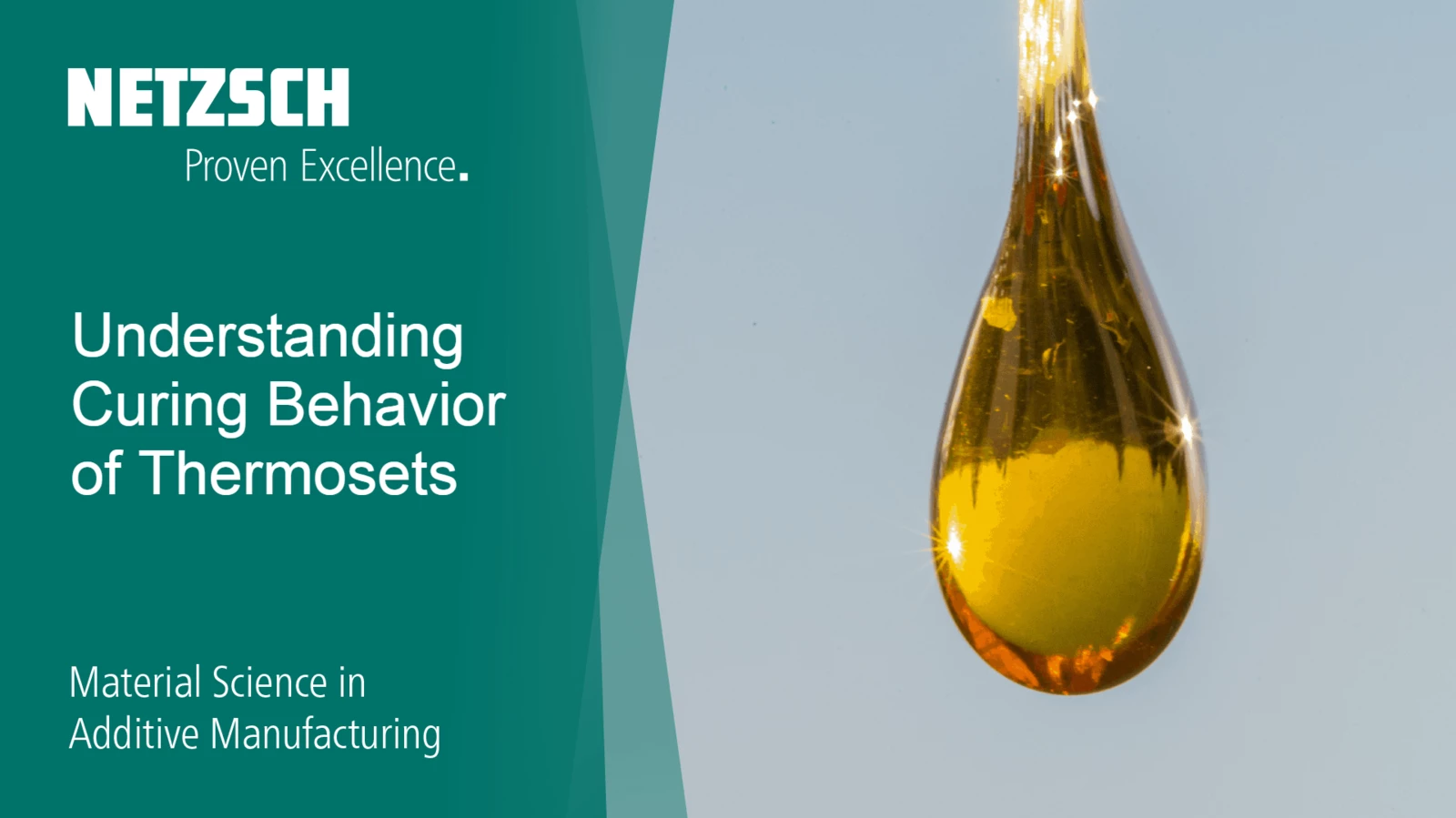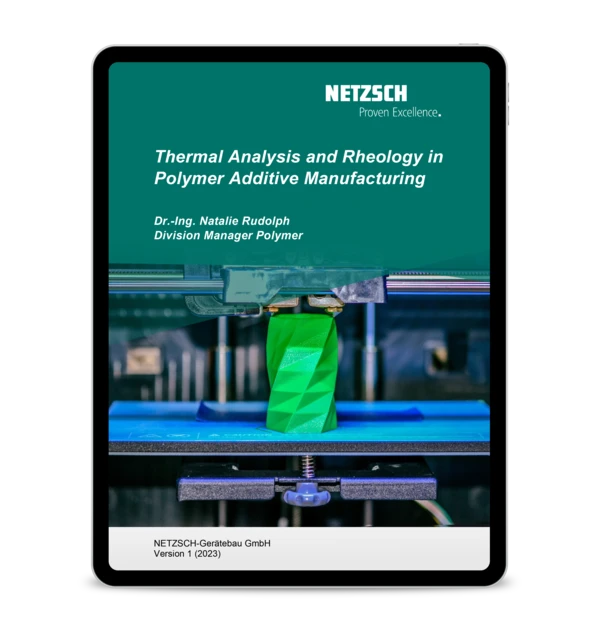
23.06.2021 by Milena Riedl, Dr. Natalie Rudolph
Material Science in Additive Manufacturing: Understanding Curing Behavior of Thermosets
Thermosets are irreversibly hardened by Curing (Crosslinking Reactions)Literally translated, the term “crosslinking“ means “cross networking”. In the chemical context, it is used for reactions in which molecules are linked together by introducing covalent bonds and forming three-dimensional networks.curing. Learn about the two distinct ways of Curing (Crosslinking Reactions)Literally translated, the term “crosslinking“ means “cross networking”. In the chemical context, it is used for reactions in which molecules are linked together by introducing covalent bonds and forming three-dimensional networks.curing thermosets, which are used in Additive Manufacturing processes.
Previously, we have explained the molecular structure of thermosets and how the cross-linking DensityThe mass density is defined as the ratio between mass and volume. density and the resulting material properties are connected. Thermosets are irreversibly hardened by Curing (Crosslinking Reactions)Literally translated, the term “crosslinking“ means “cross networking”. In the chemical context, it is used for reactions in which molecules are linked together by introducing covalent bonds and forming three-dimensional networks.curing. In Additive Manufacturing (AM), two distinct ways of Curing (Crosslinking Reactions)Literally translated, the term “crosslinking“ means “cross networking”. In the chemical context, it is used for reactions in which molecules are linked together by introducing covalent bonds and forming three-dimensional networks.curing thermosets are employed: UV Curing (Crosslinking Reactions)Literally translated, the term “crosslinking“ means “cross networking”. In the chemical context, it is used for reactions in which molecules are linked together by introducing covalent bonds and forming three-dimensional networks.curing and thermal curing.
This week’s topic: Curing of Thermosets
- Difference between UV curing and thermal curing with examples from Additive Manufacturing
- Different chemical reaction types: Radical and Cationic Photopolymerization
- What are Interpenetrating Polymer Networks and why are they important in AM?

FREE E-Book
Thermal Analysis and Rheology in Polymer Additive Manufacturing
Discover the secrets behind AM's game-changing capabilities! Our newly released ebook delves deep into the heart of AM, unveiling the power of reliable material characterization techniques, specifically thermal analysis and rheology.
More Additive Manufacturing content by NETZSCH
Photopolymers have gained increased importance in many industries. Digital Light Synthesis (DLS), an Additive Manufacturing Technology, is a prime example for the usage of photopolymers, because it wouldn’t be possible without these materials. Learn why the NETZSCH Photo-DSC offers a proven method to optimize the Additive Manufacturing process. Read the article here!